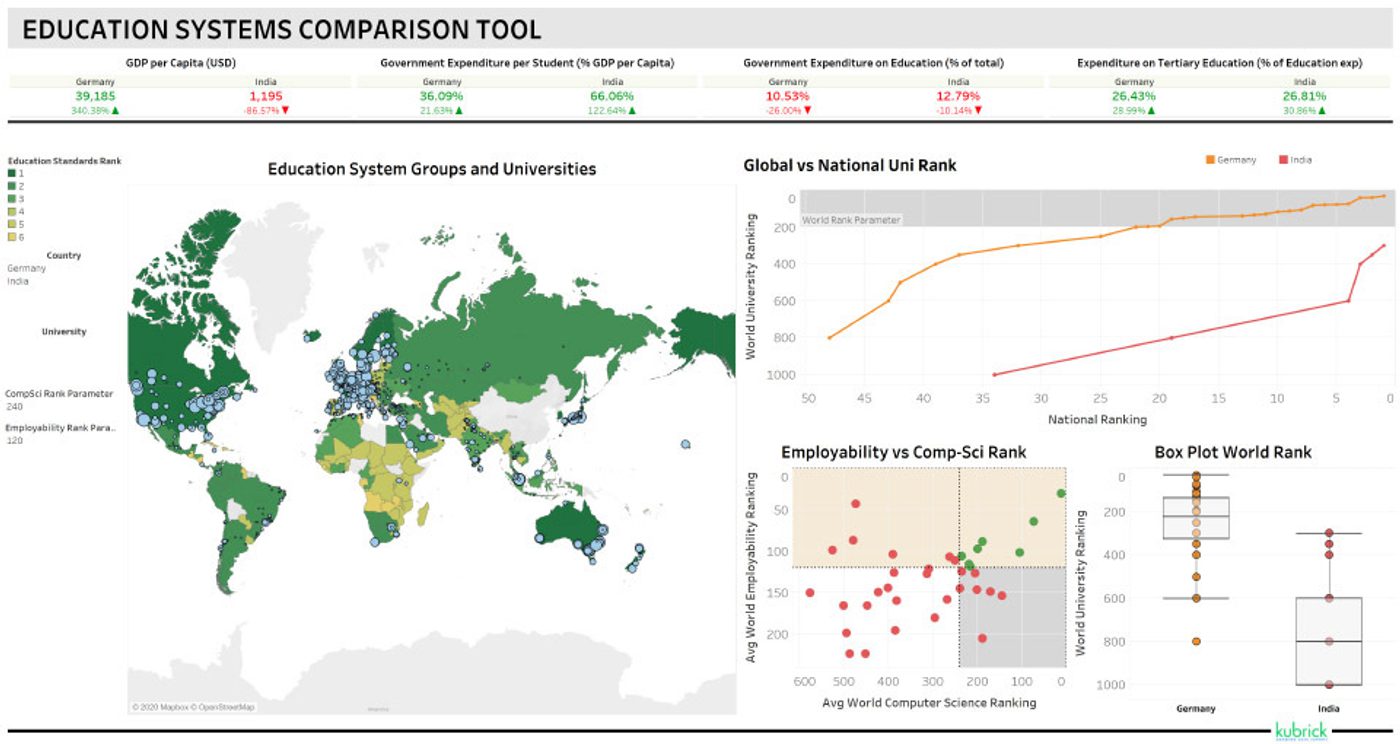insight
A world-leading financial institution recognised the limitations of their hiring process but struggled to lift the barriers to entry which prevent a more diverse pool of applicants from succeeding. They looked for data-driven solutions to identify and correct the areas in which they were inadvertently excluding candidates – and their potential future leaders. In an intensive, 2-week project, a team of Kubrick data engineers hypothesised, designed, and delivered a series of innovative tools to reinvent the hiring process. Their solutions found flaws in the fundamental approach to finding talent utilised by many UK corporate entities. Moreover, they proved a means for casting a wider net to capture quality candidates whilst including a greater variety of background and experience than a traditional - and often elitist - understanding of academic success.
Dispelling Predispositions
When first locating the source of the problem, the team broke down the statistics on the applicants who might typically advance through each stage of a hiring process. They created a data model to understand the percentages of successful candidates on any given task across a range of demographics, such as gender, race, and educational background. The emerging biases, as demonstrated in data visualisations, could then be mitigated with a scoring metric embedded in the model. The metrics allow the user to alter the parameters for success on each task, depending on background and experience, to accurately represent a candidate’s potential.
Contextualising Achievement
A large barrier for D&I in any organisation is understanding the context of international candidates; comparison between UK universities and their global counterparts can place a glass ceiling upon those without access to the same quality of education. The team curated a dashboard which compares the world’s top 1527 universities to outline the differences in national and global rankings whilst considering each country’s investment in education and its standards. Thus, an applicant from a top university in their home country can be correctly identified as a high-achieving and hardworking candidate, in spite of any lesser global rankings.

Opening Up Opportunity
Improving diversity begins even before applications are made. The engineers developed a word replacement tool specific to the coded language of job descriptions, which research has shown to alienate groups across gender, race, sexual orientation, and religion. The tool allows employers to score their advertisements on inclusivity and consider alterations to the job description to maximise their audience of applicants, and their chances of finding the best candidates.
Resetting Expectations
To comply with GDPR, the group were not given any real-world candidate data from the project’s sponsor. Instead, they created a synthetic dataset using public information, such as university admissions statistics and secondary education exam results. The dataset, which contains 80,000 avatars that reflect today’s graduate pool, can prove useful of itself: it provides a benchmark against which an organisation can compare their own data to understand which types of candidates they currently attract or exclude – an exercise which any business could benefit from.
Simon Walker, Managing Partner at Kubrick, reflects upon on the importance of data in diversity and inclusion:
Organisations of all shapes and sizes have finally realised the power of D&I and the digitisation of hiring processes provides a fantastic opportunity for improvement; businesses now have access to a whole host of candidate data from which they can gain crucial insight. When handled correctly and securely, all companies can implement data-driven solutions to support D&I from the start of the candidate journey. At Kubrick, we put diversity at the centre of our work: an inclusive data team understands and represents the needs of all their users, and so are better equipped to find the solution. We are cultivating a workforce of data professionals with around 40% female employees, when our industry average can be as shockingly low as 12%, in order to drive better results - and help our clients augment their teams with D&I for the long-term.
To learn more about Kubrick’s Data Engineers or any of our data consultants, and our selection process, please get in touch: speaktous@kubrickgroup.com

